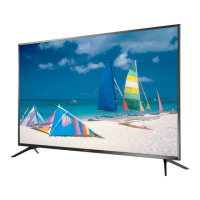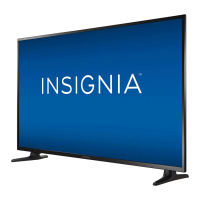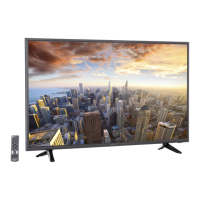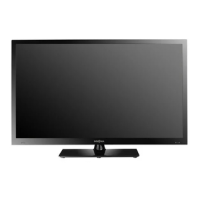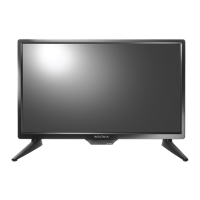How to fix an Insignia NS-50D400NA14 remote that is not working?
- MMegan AlvarezAug 19, 2025
If your Insignia LED TV remote control isn't working, ensure the power cord is correctly connected to a power outlet. Also, make sure there are no obstructions between the remote and the sensor on the TV's front. Ensure you point the remote directly at the sensor. Check that the batteries are installed correctly and replace them if necessary. The supplied batteries are wrapped tightly in clear plastic, so make sure that you have removed this plastic from the batteries.





